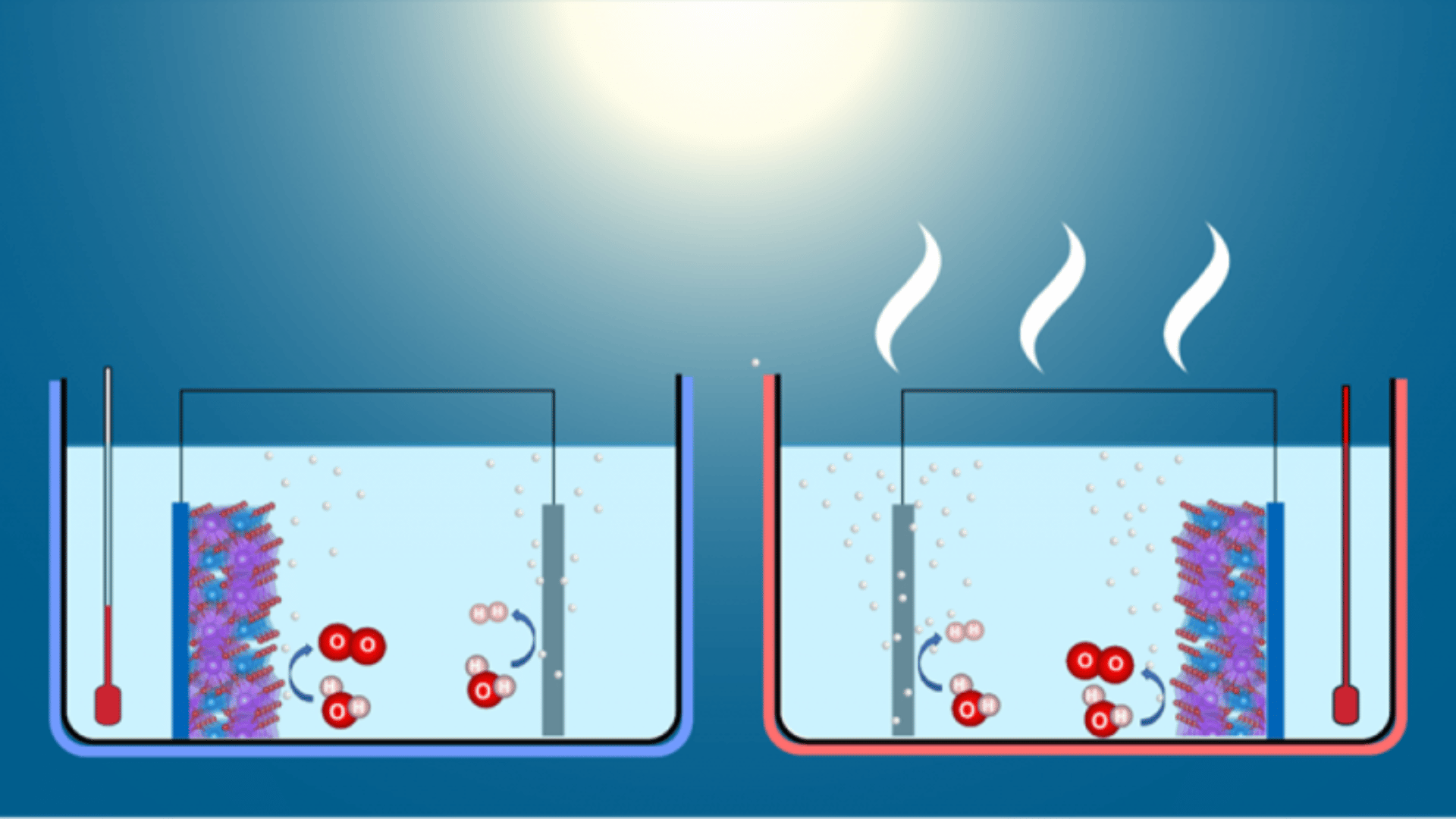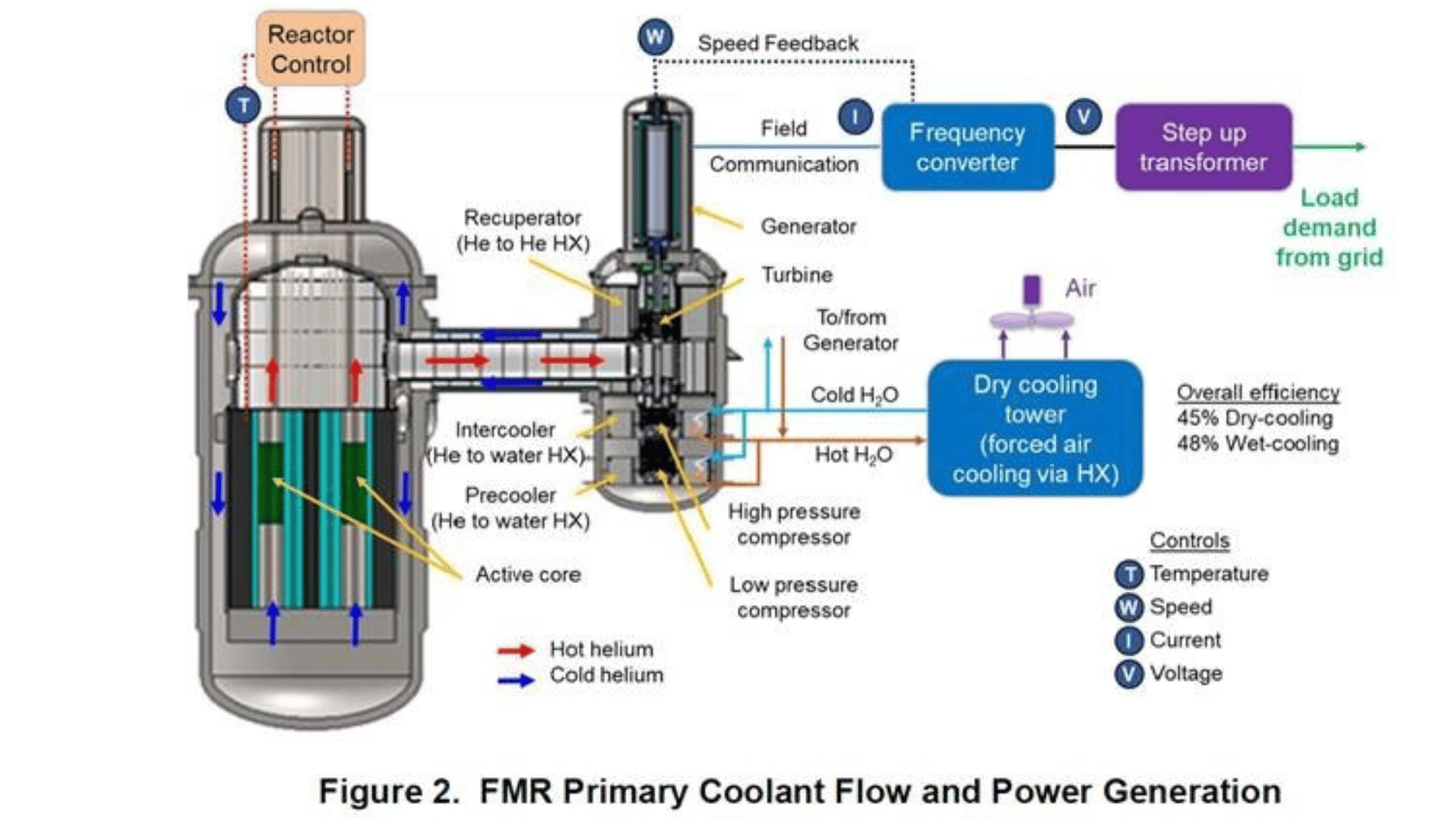Solar hydrogen is a promising technology that uses sunlight to convert water into hydrogen fuel. It is a potentially efficient and eco-friendly production process that uses materials called metal oxides. In a recent study, researchers demonstrated how higher temperatures during this process increased hydrogen production by 40%.
Solar Hydrogen Fuel Breakthrough

In hydrogen production, cells made of metal oxides, called photoelectrodes, are surrounded by an electrolyte. When exposed to sunlight, the cells and electrolyte react by splitting water into oxygen and hydrogen. According to the researchers, cells made of bismuth and vandate have the advantages of being low-cost and highly stable. However, they don’t know how temperature impacts their performance.
In the study, researchers found that the higher temperature in the electrolyte surrounding cells increases the activity of a bismuth-vanadate electrode by 40%.
“Photoelectrochemical (PEC) water splitting is typically carried out at room temperature,” the press release says. However, this research investigates the elevated electrolyte temperature on a bismuth vanadate (BiVO4) photoanode. Higher electrolyte temperatures increased the activity of the bismuth-vanadate electrode. As a result, there was a 40% improvement in photocurrent density and a favorable shift in of photocurrent onset.
According to the researchers, this is a groundbreaking advancement. It provides a deeper understanding of how operating temperatures influence solar water splitting and gives them further knowledge of how metal oxide cells perform in solar fuel technology.
According to Interesting Engineering, the advancements have the potential to propel solar hydrogen to a new level of harnessing cleaner energy solutions. Additionally, researchers hope it accelerates the technology’s journey from the laboratory to the marketplace.
“These new insights allow for further development of materials to facilitate solar hydrogen generation,” the press release explained. “This work will help the technology reach new levels of efficiency and aid in bringing these solutions to the marketplace.”







